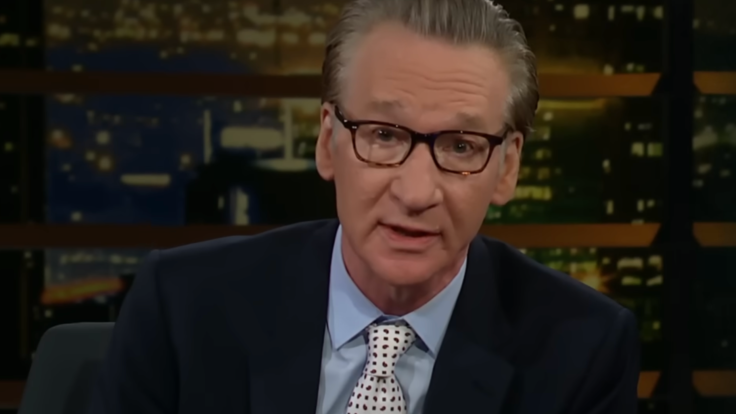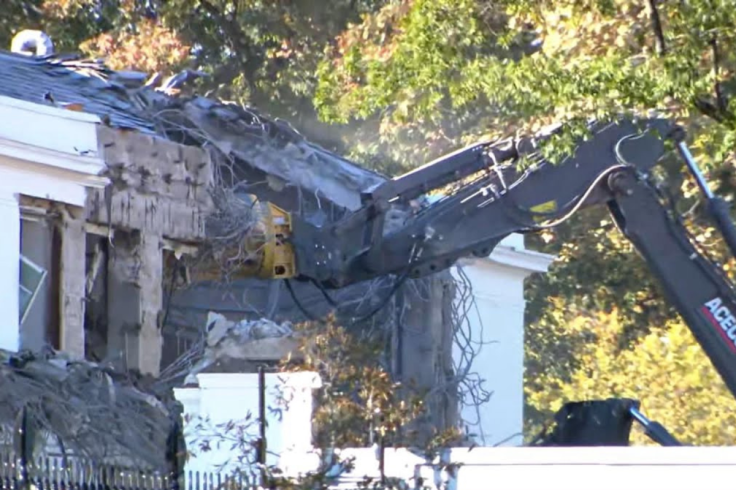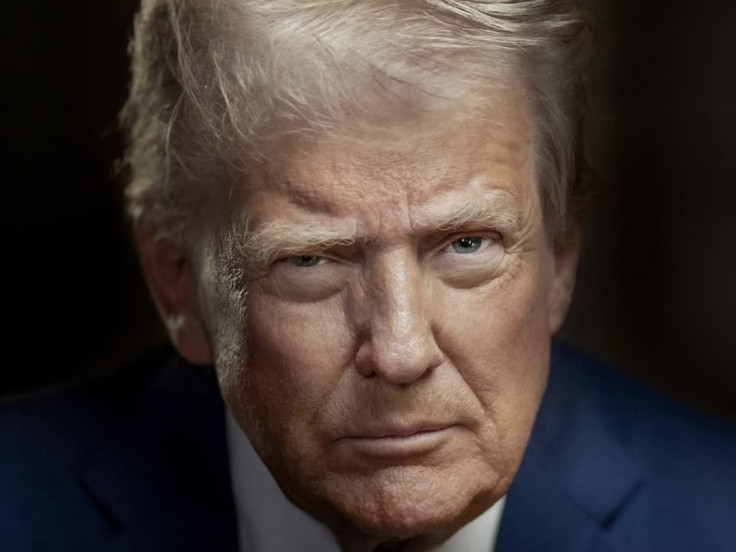Bill Maher Warns Trump's £225m White House Ballroom Symbolises He 'Isn't Leaving'
On 'Real Time', Bill Maher called the White House ballroom 'symbolic' of permanence

The White House's £225 million ($300 million) makeover looks less like an upgrade and more like a personal monument, and one of America's sharpest satirists says it foretells a perilous end.
On 24 October 2025, Bill Maher used his HBO programme Real Time to excoriate President Donald Trump's demolition of the White House East Wing and the construction of a vast state ballroom, calling the move 'symbolic' of an intent not to leave.
Maher warned that the grandeur and speed of the project, now estimated at £225 million ($300 million), reads less as restoration than as an act of self-aggrandisement and a possible opening salvo in a longer political fight. The exchange, televised and clipped online, kicked off a wider debate over legality, donors, and the preservation of a national symbol.
Maher's Warning: 'The Symbolism is He's Not Leaving'
Maher's short monologue and subsequent panel discussion framed the demolition as a message rather than mere architecture. 'The symbolism is he's not leaving', he told his panel; 'Who puts in a giant ballroom if you're leaving?' — a line he delivered on the 24 October episode and reiterated during the show's overtime segment.
The clip has circulated widely on social platforms and was carried in full or excerpted by major outlets. Maher acknowledged past presidents' small alterations to the White House, but argued the scale and context here feel different.
Maher's intervention is not purely theatrical, it foregrounds tangible concerns voiced by historians, preservationists, and former officials about process, precedent, and transparency.
Critics point to the speed of demolition and the absence of the standard public consultation that typically accompanies changes to historically protected federal property.
Who Is Paying — And Why It Matters
The ballroom project has grown from an early £150 million ($200 million) estimate to roughly £225 million ($300 million), and the White House has said private donors are covering the cost.
In late October, the administration released a list of donors that includes major technology firms, defence contractors, and billionaire philanthropists, a roll call that has intensified scrutiny over potential conflicts of interest.

Reporting by major news outlets shows contributions from large corporations and influential individuals; the White House has not disclosed the sums attached to each name.
Analysts stress the political economy at play: donors who give to a presidential project situated in the seat of executive power stand to gain access or influence, or at least the appearance of it. Lawmakers from both sides have asked whether private funding on this scale, combined with an administration's willingness to alter a national landmark, creates new ethical dilemmas for American governance.
The administration counters that private money relieves taxpayers and that such renovations have historical antecedents; opponents say precedent does not excuse the lack of oversight or the optics of prestige.
Legal, Historical and Institutional Alarms
Beyond money and optics, legal scholars and preservation groups warn that the demolition raises constitutional and regulatory questions. While some planning approvals may not be strictly required for certain preparatory works, experts note that razing a century-old wing of the presidential residence without customary notice to federal preservation bodies is extraordinary.

Historic advocates say the East Wing — a part of the White House complex with over a century of layered uses — merits a fuller public record and deliberation before permanent alteration.
Maher's ominous rhetorical arc, from mock envy at the project's bureaucratic swiftness to a sober forecast that it signals an intent to entrench, resonates because it links a physical act to democratic risk.
Panel guests on his programme responded variably, some emphasised the corrosive symbolism, others pushed back that the White House has been reshaped before. The debate exposes a deeper unease about institutional norms being overridden by personality and patronage.
Whatever the final architecture, the debate over the ballroom has already remodelled American politics.
© Copyright IBTimes 2025. All rights reserved.





















